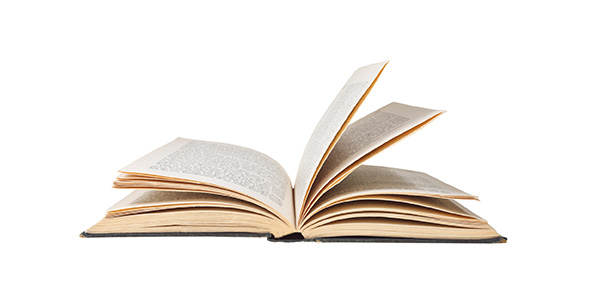Related Flashcards
Related Topics
Cards In This Set
| Front | Back |
|
Alliteration
|
Repeated consonant sounds at the beginning of words placed near each other, usually on the same or adjacent lines.
|
|
Assonance
|
Repeated vowel sounds in words placed near each other, usually on the same or adjacent lines. These should be in sounds that are accented, or stressed, rather than in vowel sounds that are unaccented.
|
|
Consonance
|
Repeated consonant sounds at the ending of words placed near each other, usually on the same or adjacent lines. These should be in sounds that are accented, or stressed, rather than in vowel sounds that are unaccented. This produces a pleasing kind of near-rhyme.
|
|
Cacophony
|
A discordant series of harsh, unpleasant sounds helps to convey disorder. This is often furthered by the combined effect of the meaning and the difficultyof pronunciation.
|
|
Euphony
|
A series of musically pleasant sounds, conveying a sense of harmony and beauty to the language.
|
|
Rhythm
|
The organization of verbal stresses in to a regular pattern of accented syllables separated by unaccented syllables. Helps to distinguish poetry from prose.
|
|
Allegory
|
A representation of an abstract or spiritual meaning.
|
|
Allusion
|
A brief reference to some person, historical event, work of art, or Biblical or mythological situation or character.
|
|
Ambiguity
|
A word or phrase that can mean more than one thing, even in its context.
|
|
Analogy
|
A comparison, usually something unfamiliar with something familiar.
|
|
Apostrophe
|
Speaking directly to a real or imagined listener or inanimmate object; addressing that person or thing by name.
|
|
Cliche
|
Any figure of speech that was once clever and original but through overuse has become outdated.
|
|
Connotation
|
The emotional, psychological or social overtones of a word; its implications and associations apart from its literal meaning.
|
|
Contrast
|
Closely arranged things with strikingly different characteristics.
|
|
Denotation
|
The dictionary definition of a word.
|




